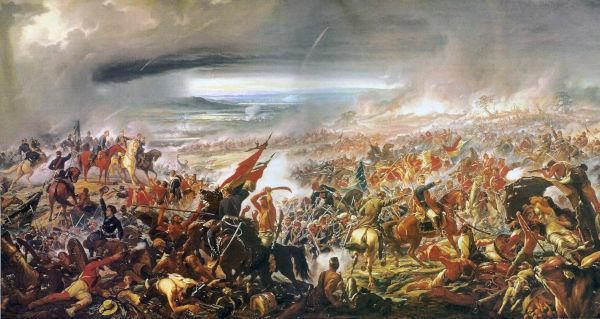One of the best known sculptures in the history of Western art without a doubt is The Thinker, by the French artist Auguste Rodin.
The first version of this work was conceived in plaster in the year 1880 and originally entitled The poet. It was about 70 cm tall.
Later, Rodin was commissioned to make a large portal with 180 characters carved in bronze, the so-called the door of the hell, which would integrate the collection of the Museum of Decorative Art in Paris.
In this work, one of the elements is The Thinker, which stands out at the top of the composition.

For this portal, Rodin produced a new piece, this time in natural size, measuring 189 cm in height, 68 cm in width and 140 cm in depth.
the door of hell display as theme The divine Comedy, by the Italian writer Dante Alighieri. The entire work was produced between 1880 and 1917, taking 37 years to complete.
It is speculated that the man portrayed is a representation of Dante Alighieri. However, there is also the hypothesis that it is the figure of Adam thinking about his attitudes, or even the artist himself.
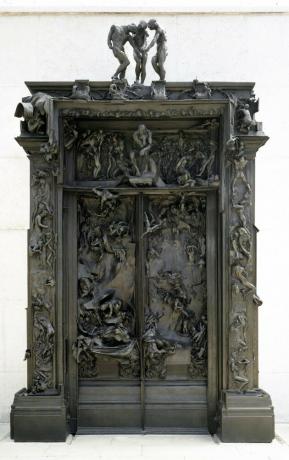
Rodin was a great admirer of the sculptures of Michelangelo and this was reflected in The Thinker. It is possible to notice influences from at least two of his works: Lorenzo de Medici and Crouching Boy.

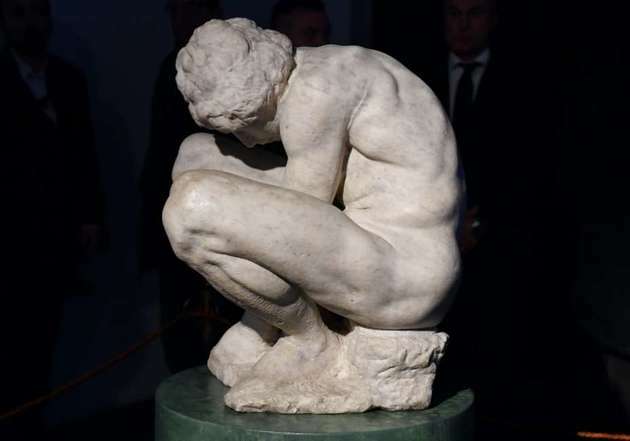
The Thinker and reflective activity - Analysis of the work
In this work, there is a representation of a naked man who rests his head on one of his hands and exhibits a thoughtful body and mental posture. The subject appears to be immersed in intense meditative action and about to make an important decision.
His strong, muscular body suggests that the thought that invades him could be the impetus for an action to be taken soon. This dualism between thought and action is accentuated in the work and makes reflective activity even more powerful.
Rodin knew the potential and strength of his creation. He stated:
What makes my thinker think is that he thinks not only with the brain, with the eyebrows, the distended nostrils and the lips compressed, but with every muscle in his arms, back and legs, with a clenched fist and grip of the fingers of the foot.

Replicas of The Thinker
The Thinker it was shown separately for the first time in 1888, in a solo exhibition. After that, the artist recreated his work several times, the best known being 1.86 meters tall.
Completed in 1902 and presented to the public in 1904, the sculpture was taken to the Hotel Biron in 1922, which was later transformed into the Rodin Museum.
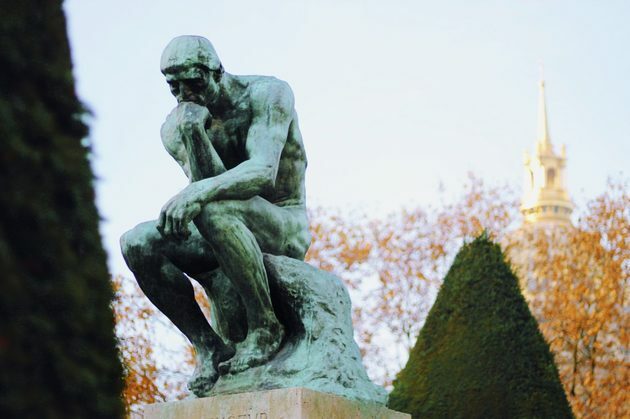
This work is so consecrated and important in the artist's career that there is a version located in his tomb in France.

There are several replicas of the famous sculpture in many parts of the world. In Brazil, there is also one made in the original mold that can be found in Pernambuco, at the Ricardo Brennand Institute.
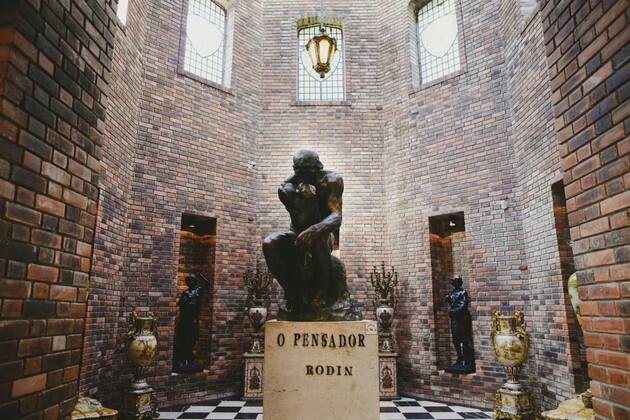
Who was Auguste Rodin?
Auguste Rodin was a French artist who lived from 1840 to 1917. He was considered the forerunner of sculpture in the movement of modern Art. your work The Thinker belongs to such a movement.
The artist contributed a lot to a transformation in the current sculpture, bringing new contours and ways of representing the human body and displaying twists and movements with insinuations expressionists.
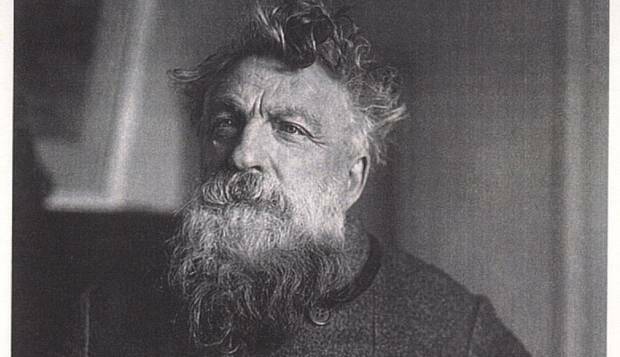
Yet it was greatly influenced by the masters of the past. It can be said that he managed to unify tradition with new methods of creation.
He once stated:
An art that has life does not reproduce the past; she continues it.
The sculptor's work was widely criticized, as it conflicted with the type of art that had been produced until then. Rodin weighed the criticism he received, but he was always faithful to his style.


